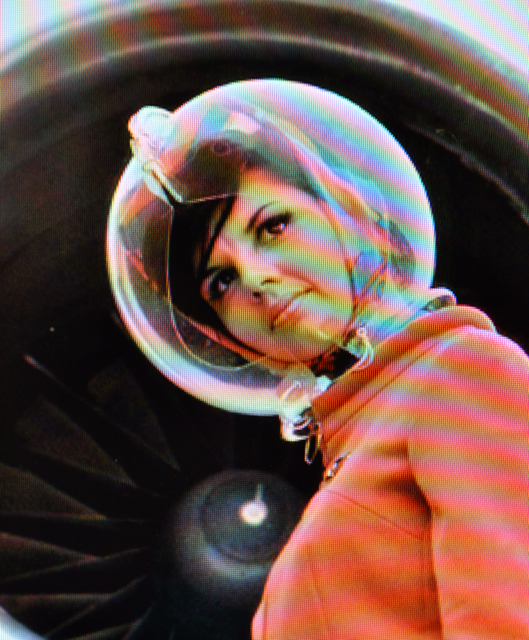Left to its own devices, the universe will cease to be. We may be wary of tinkerers, that they may gum up the system, but the system, ultimately, will be completely gummed up without them.
Thinking we could somehow reengineer the universe to make it (or at least part of it) infinitely inhabitable is preposterous right now. Even crazier is the thought that we could actually activate a Big Bang and create a stripling universe. But will it be so unbelievable a million years from today, should we get that amount of time? What about in a hundred million years? Can we defuse the biggest bomb of all?
From Michael Hanlon’s latest Aeon essay:
So, what can be done? Should life surrender to its sad, entropic fate, or should we (for ‘we’ are the only entities we know of who might be able to make a difference) at least begin to think about postponing – perhaps indefinitely – the death of the only home we have? It sounds ridiculous, and out of keeping with the current philosophy to ‘leave nature be’. But the truth is, we face eternal annihilation if we do nothing.
We can certainly delay our demise in our Solar System. As the Sun warms, we could move outwards – to the conveniently placed Mars, or to the moons of Jupiter or Saturn. A billion years’ hence, a balmy Mars will be as warm as Earth is today. Three billion years on, and Titan, Saturn’s icy companion, might be a mild, watery paradise with a thick atmosphere and none of the deadly radiation that afflicts Jupiter’s inner moons.
If we find that we are terribly attached to dear old Earth we could simply move it into a new orbit. Propelling asteroids or comets at near-miss distance would allow us to use their gravitational pull to act as a celestial tugboat, dragging the Earth out of the fiery clutches of our Sun.
But that just buys us time – 3 or 4 billion years. Note that no one is assuming that anything resembling humans will be alive then. I am talking about our successors – either a replacement species, or possibly sentient machine intelligences that have taken over from thinking meat. Either way, we, or they, will need to find a new home.
By then our descendants might have found common cause with extrasolar alien intelligences, assuming they exist. Far-seeing minds will know, as we do, that not even the red and brown dwarfs will last forever. From now on, the battle will not be against the heat of dying suns, but against cold. With no stars, any lifeforms or machines will have to find new ways of powering themselves and their civilisations.
Lack of resources will be a huge issue – on the cosmic scale just as it is here on Earth today.•





